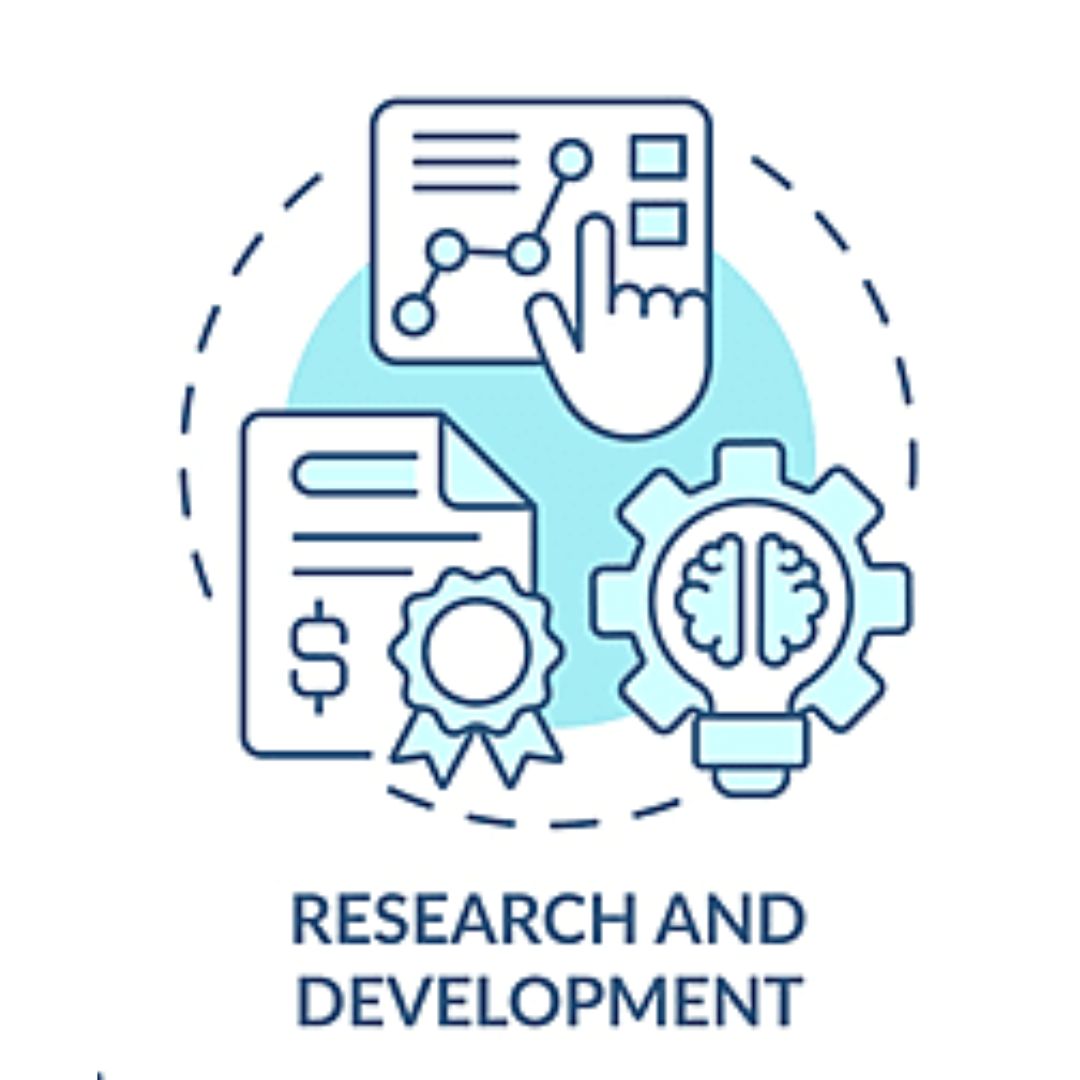Research & Development

Research & Development
Manufacturing advancement is encouraged through technological research and development targeted at boosting the competitive capabilities of manufacturing. Our manufacturing-related R&D involves enhancements to current techniques or processes and entirely new processes, machines, or systems.
Product personalization and connectivity and the proliferation of new technologies are resulting in more complicated design and development needs and faster production lifecycles.

